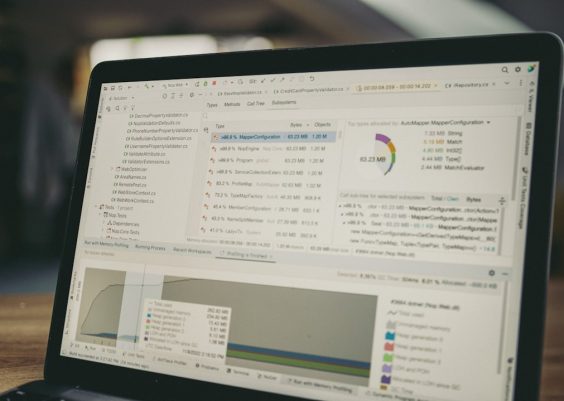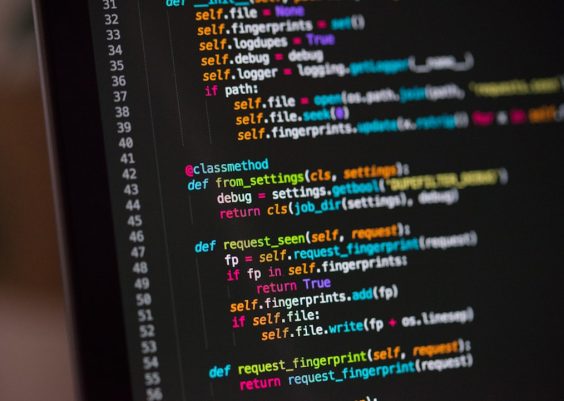Imagine you’re a teacher. You receive essays from students in all kinds of formats — Word documents, PDFs, PowerPoint slides, even plain text files. You wonder, how on Earth do plagiarism checkers actually process all of these? Let’s break it down in a fun and simple way!
Plagiarism detectors are smarter than you think. They don’t just read the words like we do. They extract the content hiding in different file types and look for matches elsewhere.
But first, let’s talk files.
- DOC and DOCX (Microsoft Word)
- PDF (Portable Document Format)
- PPT and PPTX (PowerPoint slides)
- TXT (Plain text)
- HTML (Web pages)
That’s just a few! The goal is to scrape out the text and see what’s inside.
Step 1: Read That File!
Different files have different formats. So, the first thing a plagiarism detector does is read and extract the text. Here’s how:
- DOC/DOCX: These contain layers of formatting. Tools use special libraries to get to the words beneath the bolds and italics.
- PDF: These are trickier. Some of them are images pretending to be text. Detectors might use OCR (Optical Character Recognition) to read image-based text.
- TXT: Easy-peasy. No formatting. Just raw words, just how checkers like it.
- HTML: Detectors strip the code and grab only what you see on the website.
- PPT/PPTX: Text from title slides, bullet points, and speaker notes — all are collected!
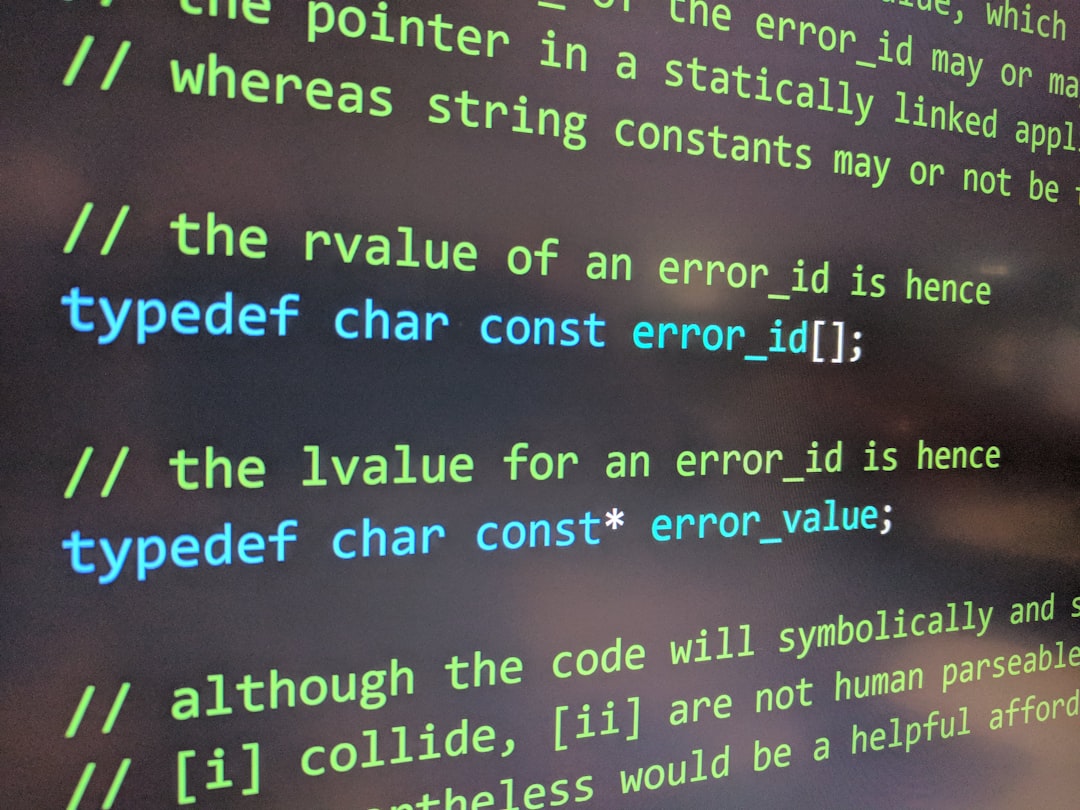
Step 2: Clean That Text!
Once the text is out, it’s cleaned up. That means:
- Removing extra spaces
- Getting rid of random symbols
- Ignoring HTML tags and fonts
It’s like washing vegetables before you cook. Clean text makes it easier to compare with other sources.
Step 3: Compare Time!
Now comes the juicy part. The cleaned-up text is matched against a giant database of books, websites, research papers, and more. If a student copy-pasted a chunk from Wikipedia — busteeed!
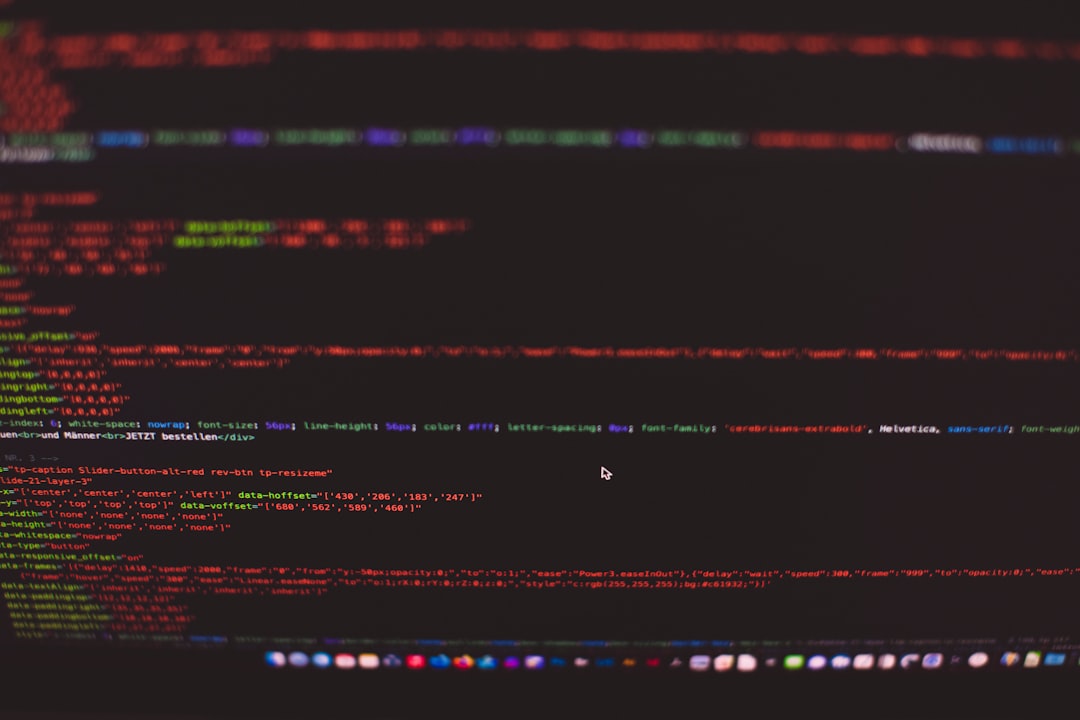
What Happens If It’s a Sneaky File?
Some students try to beat the system. They might:
- Add white text on a white background
- Use images instead of words
- Embed words in fancy fonts or weird layouts
But guess what? Many plagiarism tools are ahead of the game. They use OCR, smart formatting readers, and machine learning to catch even the sneakiest tricks.
Thanks, robots!
Quick Example
Let’s say someone submits a PDF with copied content. The detector will:
- Open the PDF and read all the text.
- Use OCR if the file is a scanned image.
- Clean the data, removing nonsense formatting.
- Compare it to millions of online sources.
- Give a result — usually a color-coded report!
That’s it! In just a few steps, the mystery is solved.
But Wait, Are All Detectors the Same?
Not really. Some tools handle more formats. Some are more accurate. Some even flag paraphrased content. Here are a few popular ones:
- Turnitin
- Grammarly
- Quetext
- PlagScan
The best ones evolve over time. They constantly update their database and improve how they read funky file formats.
Final Thoughts
Plagiarism detection is like high-tech detective work. It doesn’t matter how fancy your file looks — if it has copied content, there’s a good chance it’ll be found.
So next time you save your school project, remember — your file format doesn’t mean it’s safe from the plagiarism police!
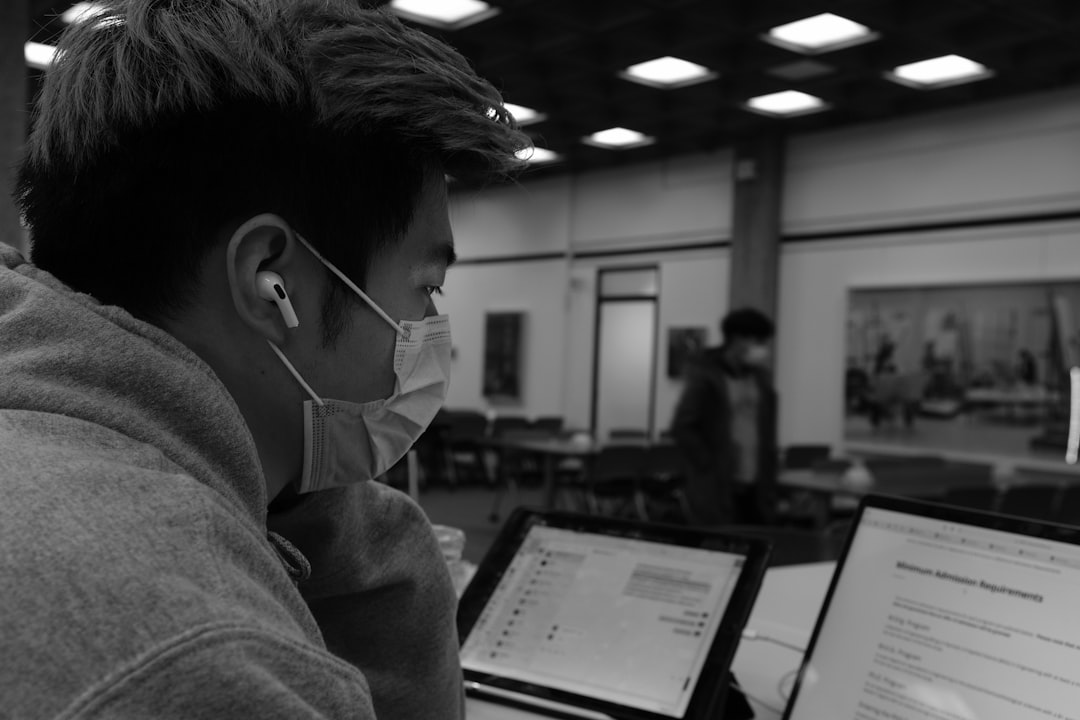
Keep it original. Keep it fun. Keep writing!

